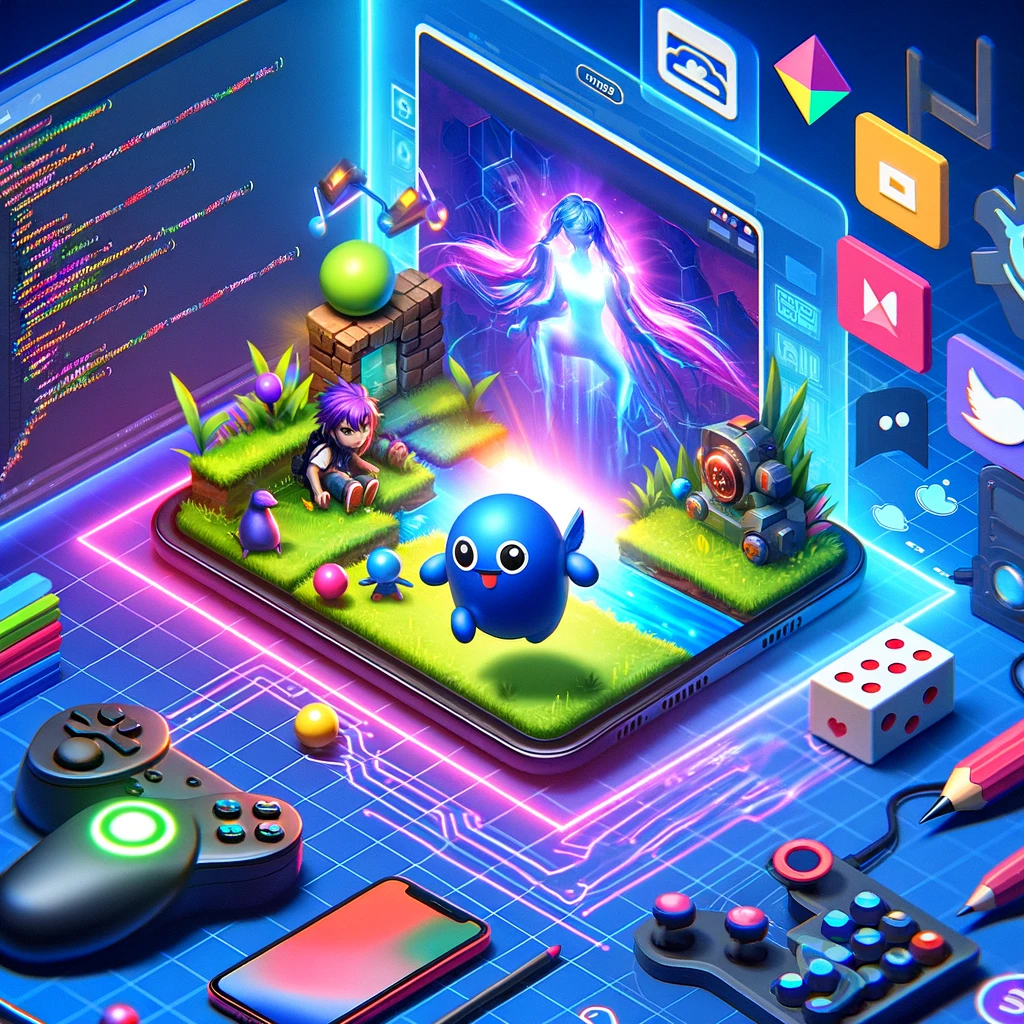Introduction
Flutter is not just for traditional app development; it’s also making significant strides in the world of game development. With its powerful rendering capabilities and cross-platform support, Flutter is becoming a viable option for creating engaging and interactive games. This article explores how to build games using Flutter.
Why Choose Flutter for Game Development?
- Cross-Platform Support: Build games that run on both Android and iOS with a single codebase.
- High Performance: Flutter’s rendering engine, Skia, ensures smooth animations and fast rendering.
- Rich Widget Library: Utilize Flutter’s extensive widget library to create complex game interfaces easily.
Getting Started with Game Development in Flutter
- Set Up Your Development Environment: Ensure you have Flutter and an appropriate IDE installed.
- Choose a Game Framework: Use game-specific libraries like Flame to simplify game development in Flutter.
- Design Your Game: Plan out your game mechanics, UI, and assets.
- Implement Game Logic: Use Dart to code the game logic, handle user input, and manage game state.
- Test and Optimize: Thoroughly test your game on multiple devices and optimize for performance.
Example: Creating a Simple Game with Flame
dartCopy codeimport 'package:flame/game.dart';
class MyGame extends Game {
@override
void render(Canvas canvas) {
// Render your game objects here
}
@override
void update(double t) {
// Update your game state here
}
}
void main() {
final myGame = MyGame();
runApp(GameWidget(game: myGame));
}
Conclusion
Flutter is opening new possibilities for game development with its powerful features and cross-platform capabilities. By leveraging frameworks like Flame, developers can create engaging and high-performance games for mobile platforms.


